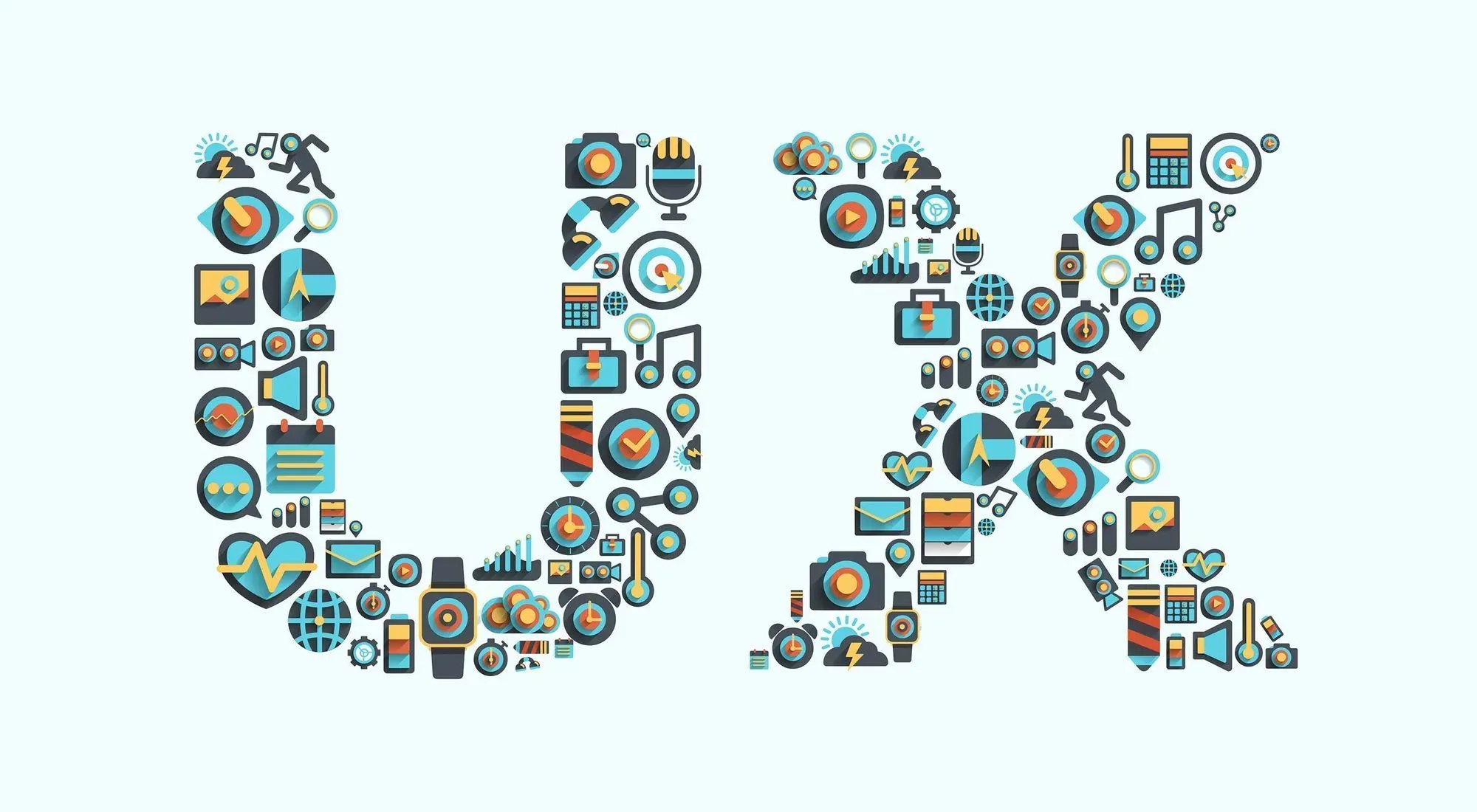Basic laws and principles in UX Design

First of all, 'Design' and 'Art' are entirely different things.....
Design is not just about creating something beautiful, it is our approach to a problem, and it is about creating a plan for solving the problem ( Physical/ Visual)
For creating meaningful experiences, it is important that we understand the concern deeply. We must be able to empathize with the users to feel their frustrations and pain points, their motivations and needs. For this reason, we have to rely on a set of laws & principles in human psychology as well as perception. This writeup covers those basic laws & standards followed by experience designers
Miller's law
"Brain of an average human being can only keep seven (plus or minus 2) items in their working memory."
When presented with overwhelming information, it is difficult for the users to keep all of that in their short-term memory. So it is better to 'chunk' data into groups of five to nine items at a time
For example, check out how Spotify presents its content as different groups, another example would be the spacings between phone numbers or credit card digits which helps users to remember it better.
Jakob's Law
"Most users spend the maximum of their time on other sites or apps, so they would expect your site or app to work in the same way as they already know"
Jakob law was formulated by Jakob Neilson of the Neilson Norman Group. This implies as a designer you have to stick to the standards & conventions which the users are already familiar with. They don't like unwanted surprises.
For instance, a user will automatically presume that clicking the logo of your website takes him to the home page.
Isolation Effect / Von Restorff Effect
"When plenty of similar objects are present, the one that differs from the rest is most likely to be remembered"
The takeaway for a UX designer from this would be to make sure that important information and functions are visually distinctive from other elements in the UI.
For instance, Can you guess why the CTAs in websites always stand out from the rest?
Serial Position Effect
" Most users have the propensity to remember the 1st and last items in a series"
This implies that we have to make sure the most crucial items/functions are positioned at the beginning and end of a list/series.
Hicks' Law
" The period it takes to make a decision increases with the number & complexity of choices "
Overwhelming the potential users with multiple options makes them confused, it's always better to keep recommendations minimal. In the case of new users, another implementation of Hick's law would be. Use progressive onboarding to present the features as they move through the app, rather than presenting them all at once.
Fitt's Law
" The time utilized to acquire a target is the function of distance to the target & size of the target"
Applying this Law in your design is crucial to preventing human errors. Always design your buttons & other clickable elements large enough ( Minimum of 44 x 44 pixels) space them out and position them in the right manner so that the user won't miss them. Appointment Setting: Why do people love it?
Appointment setting is universally an important as well as a difficult part of business development, and consequently, the most common roadblock to growing your organization through increased profitable sales. In [maximum number of businesses no sale will happen without 1st speaking directly with a prospect. You can make the sale, especially, if you can get in front of (or on the phone or computer with) a prospect, right? And of course, the presentation itself is quite rarely the challenging task; getting the presentation set up is. Your success as an entrepreneur/salesperson needs you to become a proficient appointment setter.
Here are 3 tips that might assist you to set more appointments, rather than simply making a bunch of unproductive calls:
You don’t require this deal. There are multiple books in the marketplace, and the author makes this point very clearly by stating that while there are some things you really do require, such as water, food, air, etc., you don’t require any single business deal. When prospects sense fear in your voice (fear of losing the deal), they will instantly pull back. Engage them with an if-you-don’t-buy-from-me-it’s-not-the-end-of-the-world attitude.
Your primary goal is to assist the potential customer. Prospects will quickly and instantly resist setting an appointment with you especially if they think you’re in it for them. Right up front in the 1st 2nd of the 1st contact, you must exude service, not selfishness. This is especially crucial as before you even open your mouth, your prospect is already in a defensive mental position.
Another most attractive thing is what we offer, and you will too. One of the most result-oriented as well as effective ways to break the ice early & have a prospect respond with genuine interest is to offer an instance of how you helped another valuable customer with a problem common to the company. For example, you could say, “XYZ organization was losing a lot of money because of early expiration of inventory. We introduced our system and they began saving $35,000 a year, with a payback time of 6 months. Have you ever had a similar concern with your inventory? When can we talk about that?” Short, sweet, and to the bottom line. Appointment setting services
If you are really willing to outsource this task to one of the multiple appointment-setting services out there, you must be extremely cautious regarding whom you opt for. Your organization’s reputation is on the line every time a representative makes a call. Having researched many such services, and utilized a few of them myself, there are a number of appointment setting services providers that can make a couple of recommendations for anyone who’s interested.
There are multiple professional groups that operate at the high end of this market. In case you sell a big-ticket product or service & require to connect with executives in order to make sales, this may be the industry for you. There are multiple leading industries offering appointment-setting services via a lower-risk business model. You can try them out for a lower commitment fee, and quite early in the process if it’s not working well. Do it yourself, or you can work with outside help—either way, I wish you the best of luck as you grow your business by setting more (and higher-quality) appointments.




